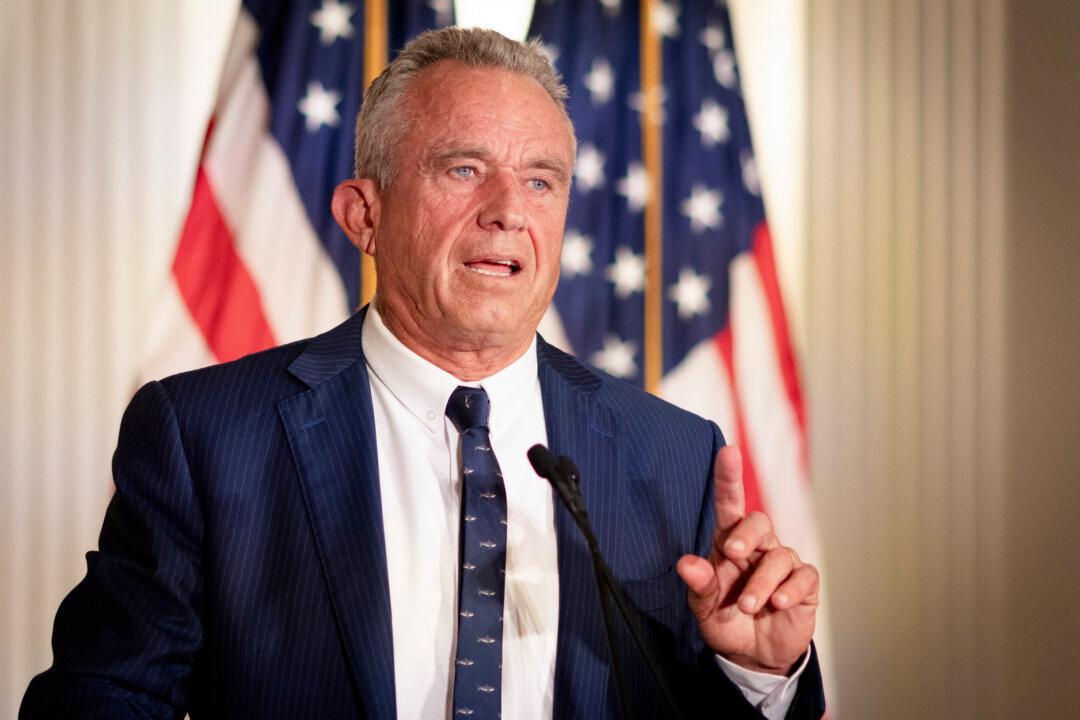Is flying about to become the new smoking as the world attempts to transition to net zero?
In Australia, flying is a critical part of our tourism industry, but a new report may put taking to the skies and our tourism industry under threat.
The report suggests that the world should aim for the “progressive target” of only one short-haul return flight (less than 1500 kilometres, or about 930 miles) every year per person by 2030. The advised “ambitious target” for 2030 is one short-haul return flight every three years per person.
But this is nothing new in some regions of the globe, with the way we travel already being affected by countries’ need to ration carbon credits.
This means flights between Paris and Nantes, Lyon, or Bordeaux are ruled out except for connecting flights.
Train travel is also being encouraged by the governments of Germany, France, and Spain, which are subsidising rail tickets.

However, not everyone is being treated equally, with Olivier Véran, a government spokesperson confirming that France will not ban private jets altogether despite the planes generating up to 14 times more pollution than commercial flights.
He signalled, though, that “the French should not have to feel as if it’s always the same people who are being asked to make efforts.”
How Is Australia Being Affected?
So how will this advice affect Australia, an island nation of travellers? Well, it appears not too much.IBISWorld forecasts Australians to increase travel internationally by 360.8 percent in 2022-23, to 7.28 million departures.
Other initiatives created to meet the targets include airports with rainwater harvesting, solar panels, and energy-efficient lighting and heating.
However, the main initiative is to transition to alternative fuel sources.
Sustainable Aviation Fuels (SAF) will be developed over the next 20 years from cooking oils, non-palm waste oils, and solid waste from homes and businesses which would normally go to landfill (reminiscent of Back to the Future’s Mr Fusion flux capacitor, which uses household waste to create energy).
Other sources being investigated include algae, waste wood, and forest waste.
But, the case against SAF fuel is cost.
Although Jet Zero Australia CEO Ed Mason has said that SAF will become cheaper than its current cost of two to four times the standard fuel price that is charged today.
The International Transport Association (IATA) declared that SAF, by contributing around 65 percent reduction in emissions, could be key to reaching net zero by 2050.
Two feasibility studies on SAFs have been announced, with both to take place in Queensland.
Technological Innovation
SAF is not the only option available to reduce emissions. Electric aviation is another.Virgin Australia has said that they are not actively looking at electric planes to reach their commitment to net zero by 2050.
Rex Airlines, on the other hand, sees the potential in short-haul electric aviation.
Rex is working with Dovetail on a test flight in 2024. This will involve using one of their existing Saab 340s, being retrofitted with electric MagniX engines and batteries.

Thus unlike Europe, which is recommending that residents travel shorter distances and take greener transport, Australian companies are not yet recommending any curbing of travel as they tackle the required goals in order to maintain a healthy tourism and aviation sector.
Aviation supports over 200,000 jobs, and pre-COVID contributed two percent of Australia’s GDP.
Airports are also more than just tourism hubs. Regional airports are necessary for bushfire fighting, medical evacuation, and agribusiness.
The Pacific region contributes only 0.03 percent to the world’s carbon emissions. Thus with such low emissions and with such initiatives being put forward by the aviation industry, perhaps Australians, unlike Europeans, may be allowed to continue holidaying instead of staying home.





